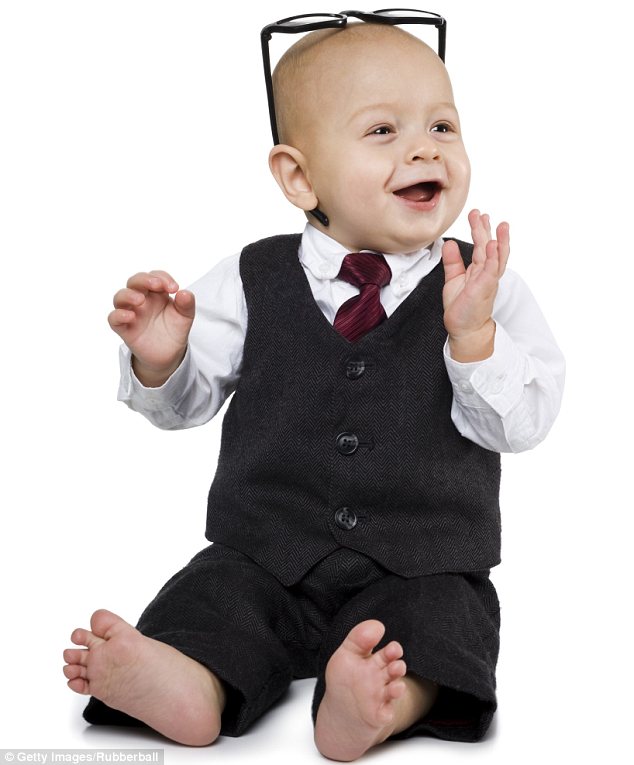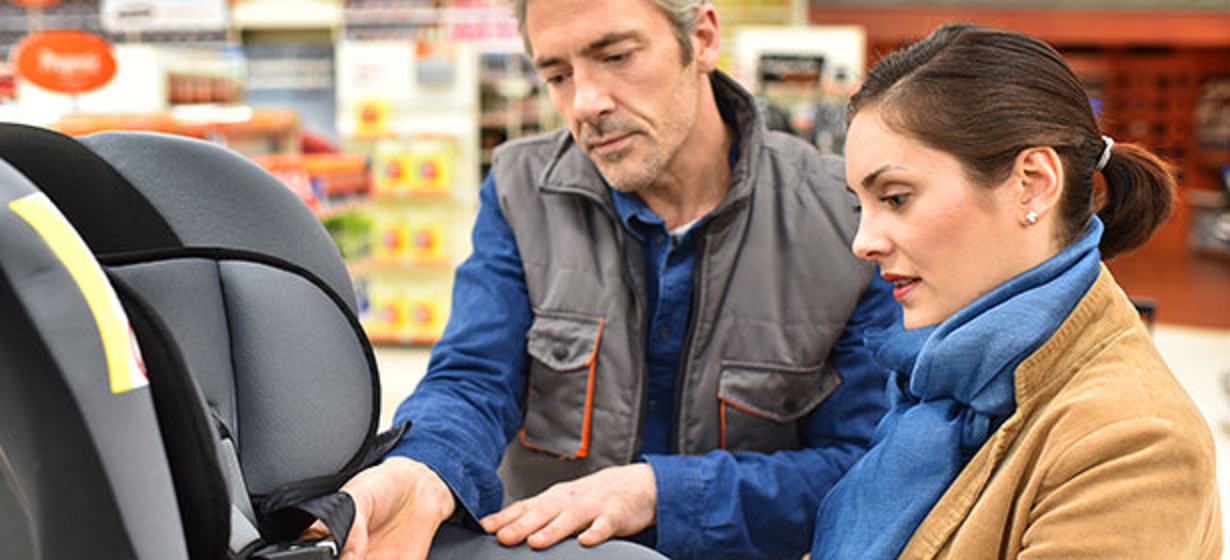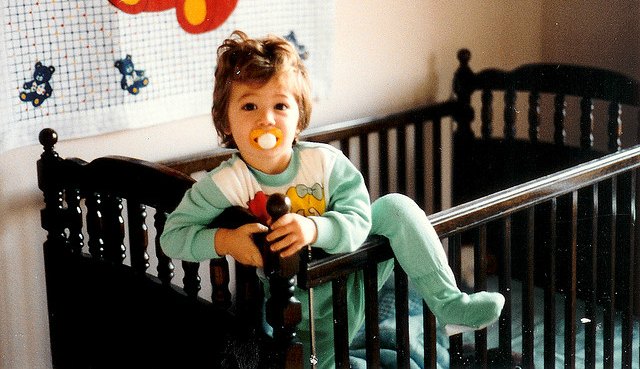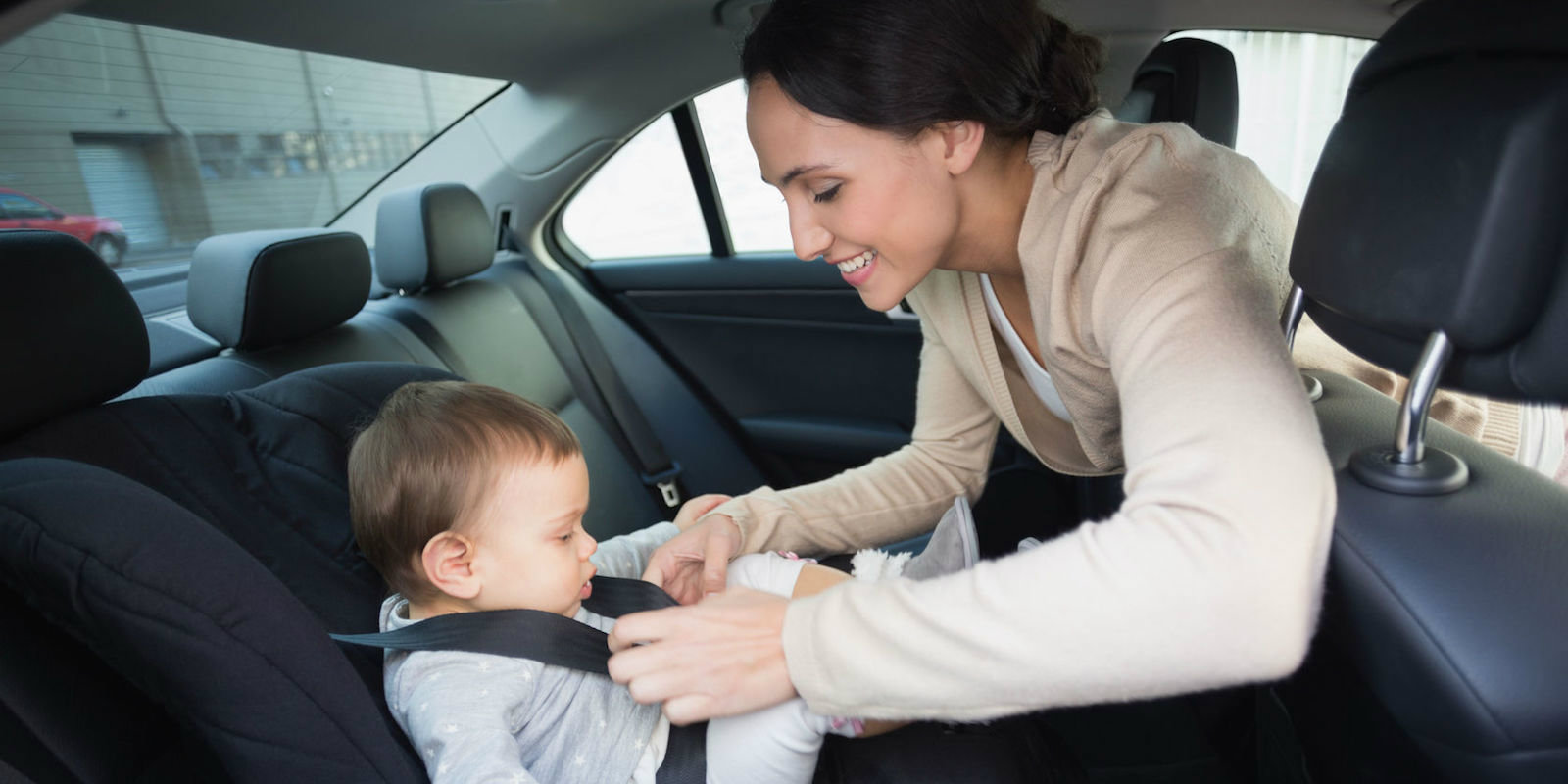 For the last couple of years, you’ve seen me get involved a fair bit with Plug In about child and carseat safety. I get asked a lot of questions about brand names, types of seats, types of cribs and as the child gets older, inevitably when the right time is to upgrade. My daughter is now at the age where I’ve personally gone through a lot of what I will be talking in the blog so I can talk from personal experience too.
For the last couple of years, you’ve seen me get involved a fair bit with Plug In about child and carseat safety. I get asked a lot of questions about brand names, types of seats, types of cribs and as the child gets older, inevitably when the right time is to upgrade. My daughter is now at the age where I’ve personally gone through a lot of what I will be talking in the blog so I can talk from personal experience too.
I’ve compiled a small list of the four most common questions I get asked from time to time that I’d like to share my thoughts on.
When should I upgrade from an infant bucket carseat to a regular seat?
If you were one of those people (like me) that bought a Travel System (the stroller/carseat/base package,) you know that your child isn’t longed for that bucket-style infant carseat. While you’ll ultimately get the quick reality check of how fast your baby sprouts from when they’re 6 months to a year, you’ll probably need to start planning for the new car seat as of when they’re about 9 or 10 months old. By then, you may be up on the last couple shoulder notches on the car seat and your child won’t be as comfortable sitting in it for long periods of time like they used to be able to. Starting to look at car seats a couple months in advance won’t hurt either since you’ll need to suss out what sort of seats will actually fit in your car. Since your baby is pretty small that first year, so is the car seat. Once you start to get into that second seat, things change. The seats are much taller, much wider and some won’t fit in vehicles. Try fitting any of the larger toddler seats into a family sedan. It’s hard, if not a completely unreasonable ask.

If you have a mid-sized family sedan that you’re going to be putting the seat into, there are a couple of brands that I can recommend. Evenflo’s car seats have proven to be very comfortable for my daughter to sit in for car rides, cuddle her stuffed animals and make me listen to endless hours of the Wiggles. Safety 1st’s car seats fit that bill as well.
Both brand’s seats are fairly wide though and usually spill a bit into the spaces of the people sitting on either side of it. If you constantly have 5 people in your car, try a slimmer, yet just as safe option. I reviewed Recaro’s Performance Car Seat earlier in the year and found it to be just as comfortable of a seating option but a little narrower as far as seats go.
Browse the full selection of infant carseats and travel systems on BestBuy.ca
When should I upgrade from a crib to toddler bed?
There is really no set answer on when you should do this, but there are a couple different schools of thought of when you could and when you should.
Is your child outgrowing their crib? Depending on the type of crib you purchased, your child growing out of it is a really. If you purchased one of those fairly narrow cribs, chances are your child will be ready to move out of there by the time they’re 18 months. Those cribs might not allow as much mobility or freedom to roll around as your child needs and might wake themselves up quite frequently as a result.

If you purchased a wider crib (the types that take the more common 51 ¾ inch crib mattresses,) chances are your child won’t really outgrow the dimensions of the crib for a while but you may want to consider leaving them in there if they still move around a lot in their sleep. My daughter moved a lot all over the place in her crib even past her 2nd birthday. We couldn’t even introduce blankets and pillows for the longest time because there was no point as she could easily be on the opposite end of the crib by the morning.
If your child has outgrown their crib and you’re ready to move on, then it’s time to pick up a toddler bed. Then again, you may already have one. Many cribs nowadays are convertible and move between different stages to follow your child through their life. Some cribs come with all the hardware you need to convert, while some require additional hardware that you can order directly from the company. For most parents, this is the most convenient and cost effective option and also ensures that you get the most out of that crib purchase.

Is your child climbing out of the crib? It’s widely believed that the rule of thumb is that once your child is ready to climb out of their crib (or has succeeded,) then it’s definitely time to move on. This isn’t necessarily the case. Switching to a toddler bed on that basis might be a bit dangerous because while you’re thinking you’re curbing the idea that your child can’t get hurt climbing out, the freedom of climbing out of bed and moving about can be much worse with access to shelves and objects in the dark. My recommendation would be to switch your crib’s mattress position to the lowest possible point, making it a bit harder to climb out. By the time they get to that age, you may also want to think about removing any crib bumpers or things that give your child a better foothold to climbing out.
In our case, we made the switchover in early November 2016 when my daughter was 2 ½. She never really showed any interest in climbing out of the crib, but we felt like she was ready to give it a try. We left the crib in there for a few nights after we had put the bed together and she started sleeping it but we never had to go back. I suspect our transition was a little bit easier than some parents but now that she’s discovered that she has much more independence, we get a lot more pre-bedtime stalling than we used to. We’ve now been encountering a drastic number of requests for hugs and pee breaks prior to falling asleep.
Browse the full selection of cribs (including convertible multi-stage beds) on BestBuy.ca
Browse the full selection of toddler beds and convertibles on BestBuy.ca
When should I start front facing my child’s car seat?
Moving from the rear face to a front face for a children’s car seat can be an interesting transition. You really shouldn’t be doing it until age 2 if you can help it though legally, it’s only required to baby’s first birthday.. However, other factors might be at play. For example, some seats will have maximum height restrictions around how comfortably it can seat your child to a certain height. If you look at this Cosco Apt. Convertible Carseat, for example, it explicitly lists in the instructions that once your child is 36 inches tall, you have to front face.

My personal recommendation is that for safety’s sake, you should try and rear face your child as long as your seat (and vehicle) can handle it. My daughter still rear faces in our SUV since the seat we use (a Clek) seats her high enough that she can sit comfortably. Right now, she’s so tall for her age that she’s off the usual percentile charts. However, she’s had to front face in literally every other vehicle (due to her height) that she’s sat in since she was just short of 2 years old.
Browse the full selection of car seats (including multi-piece travel systems) on BestBuy.ca
Should I pick a 2 in 1 carseat vs. a 3 in 1 carseat?
There is no doubt that if you’ve ever gone carseat shopping, you’ve come across all of the various “stage” carseats. There’s the somewhat encompassing 2-in-1 style (which supports either infant/toddler or toddler/booster) and the all-encompassing 3 in 1 carseat (which supports from infancy until the end of the booster phase.) The question I get asked often is which way to go? There are 3 in 1 carseats that are in the same price range and as such, sometimes it’s not really a matter of cost. It can be, but I would say it’s secondary. In my opinion, all stages of your child’s life are important but the infant one in particular is the most important because they need to have the most protection in those formative months and years.

If you’re going to purchase any 3 in 1 carseats, not only should they have the smallest minimum weight restriction for infants possible (usually 5-7 lb) but it should have comfortable rear facing options and seat phases for infants only. Seats should come with really comfortable 5 point harnesses for your child and I would very highly recommend a pull strap for the harness rather than the rotating crank style you see on some Evenflo seats. The rotating crank works off a consistent amount of slack being pulled in per crank and so you can’t take as much of a custom approach to ensuring you’ve left enough room for the baby to breathe.
I hope you’ve found these answers to common questions helpful. If you have any other questions, please feel free to comment below!



